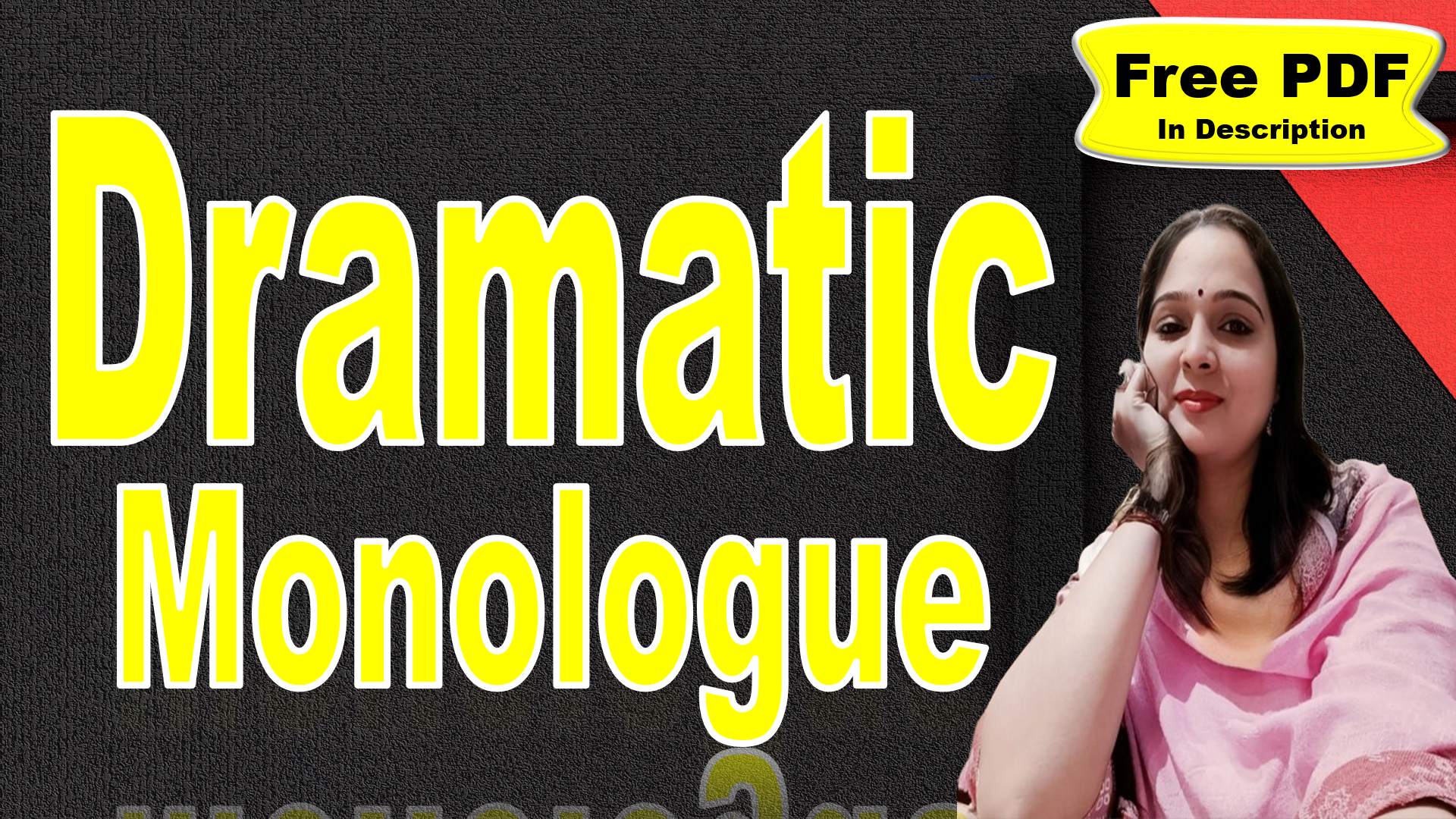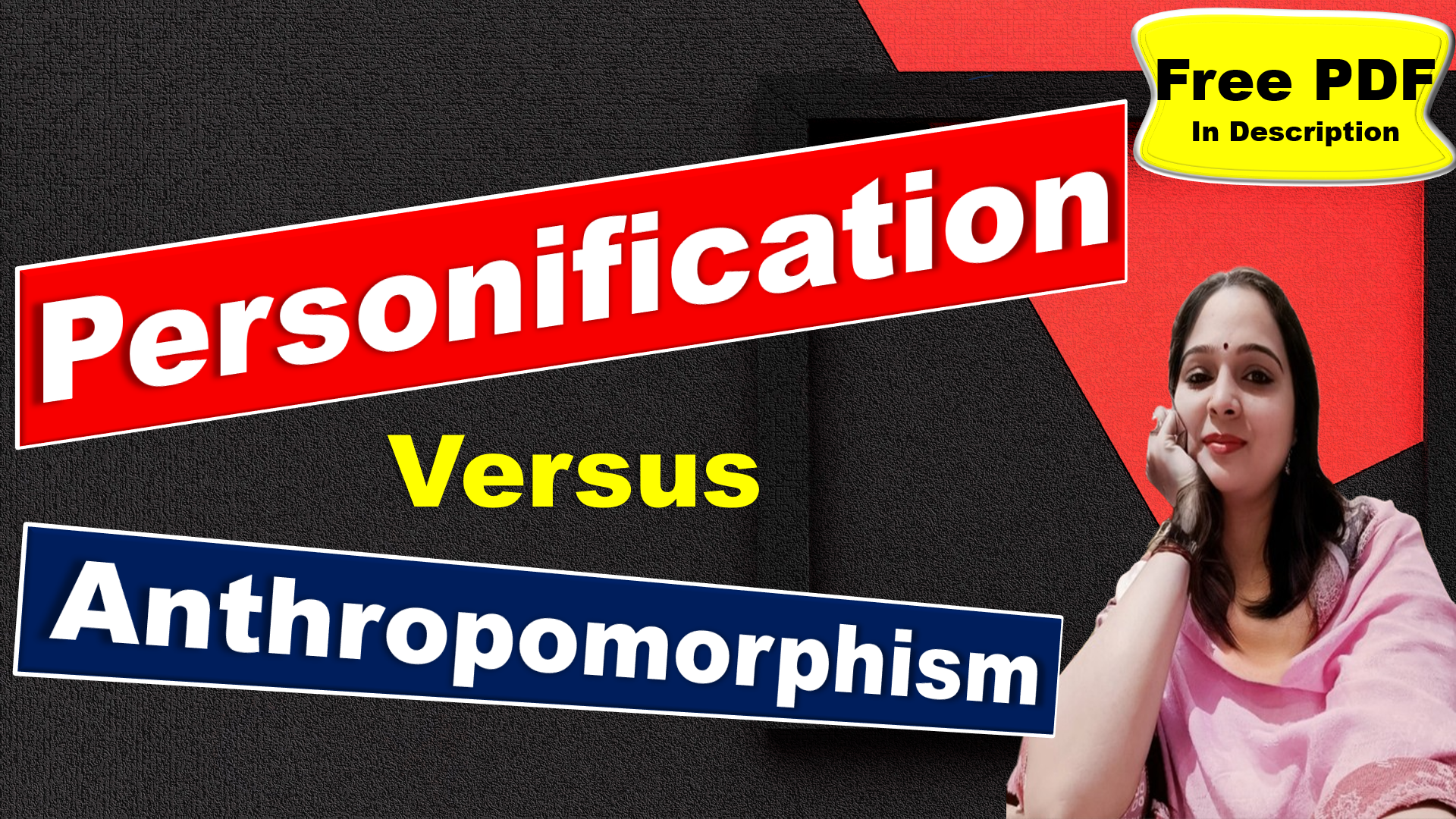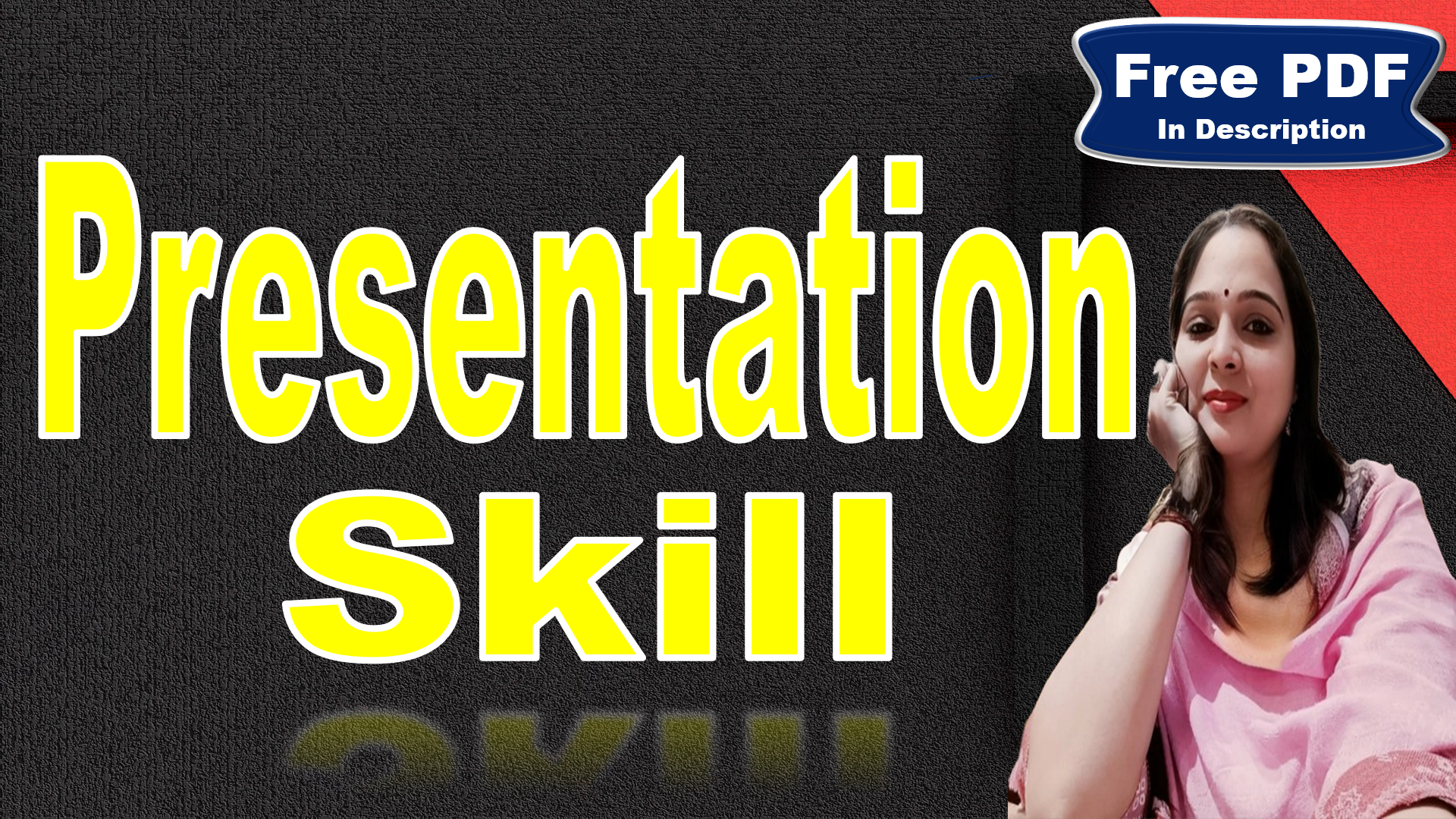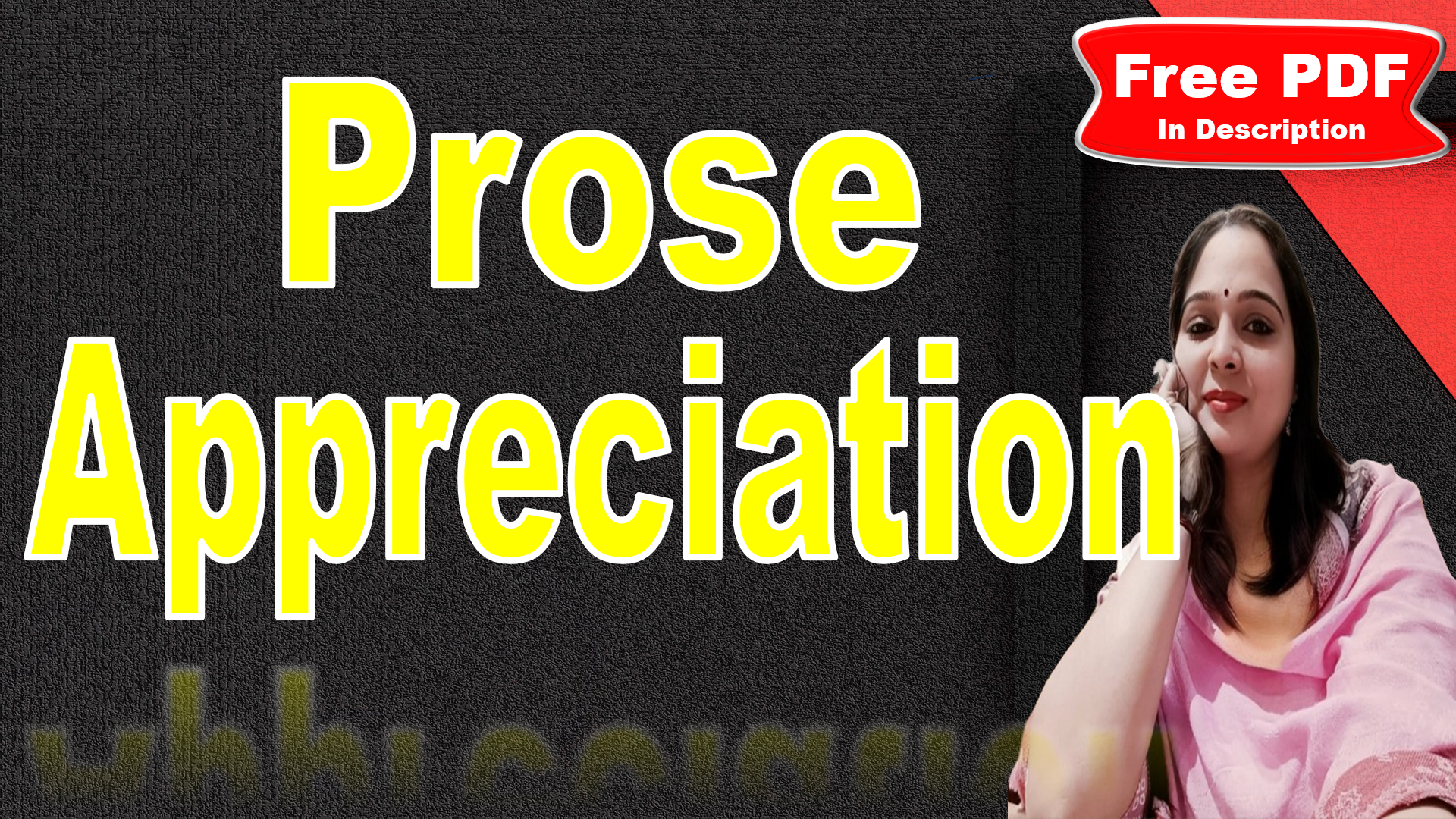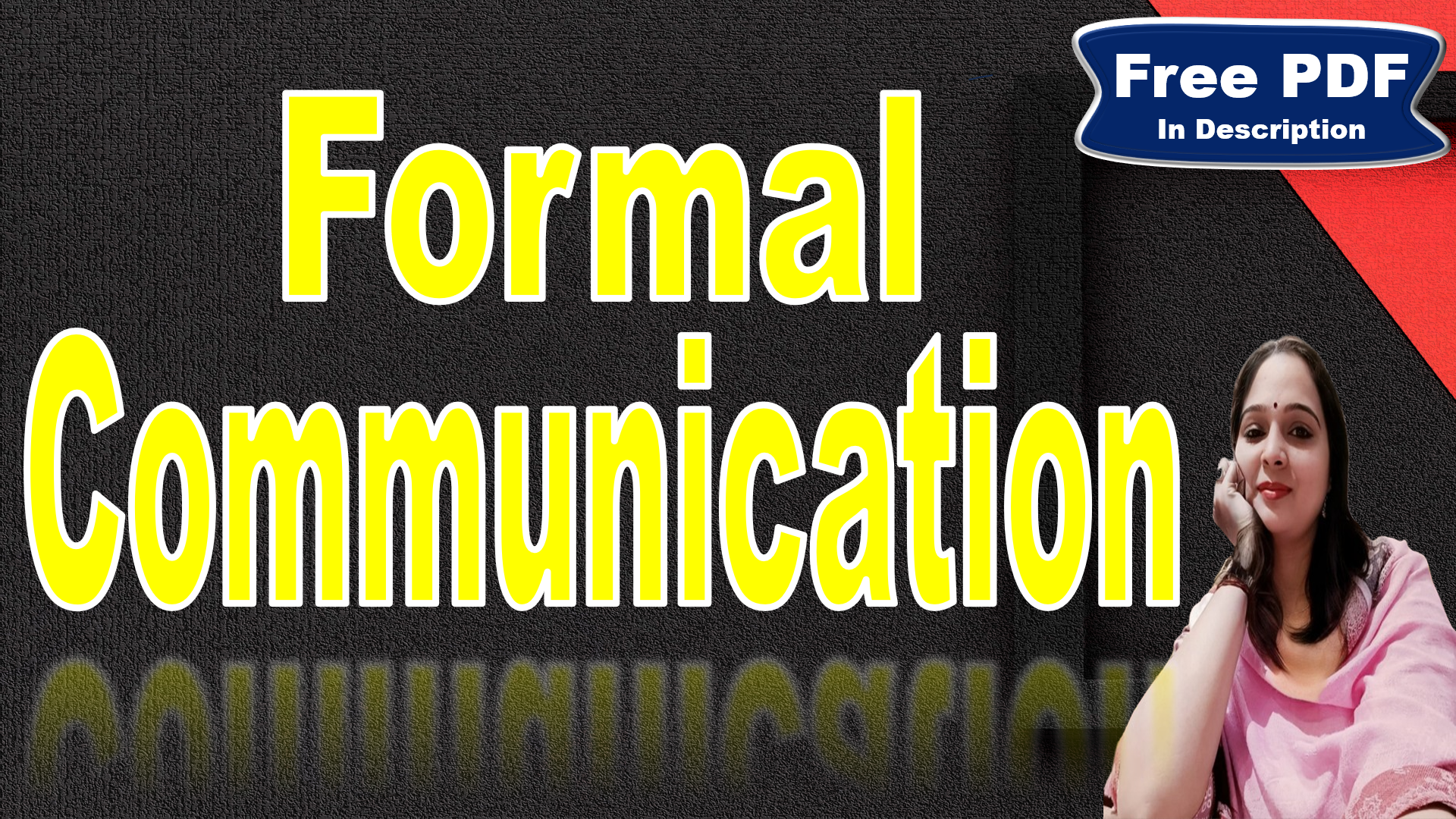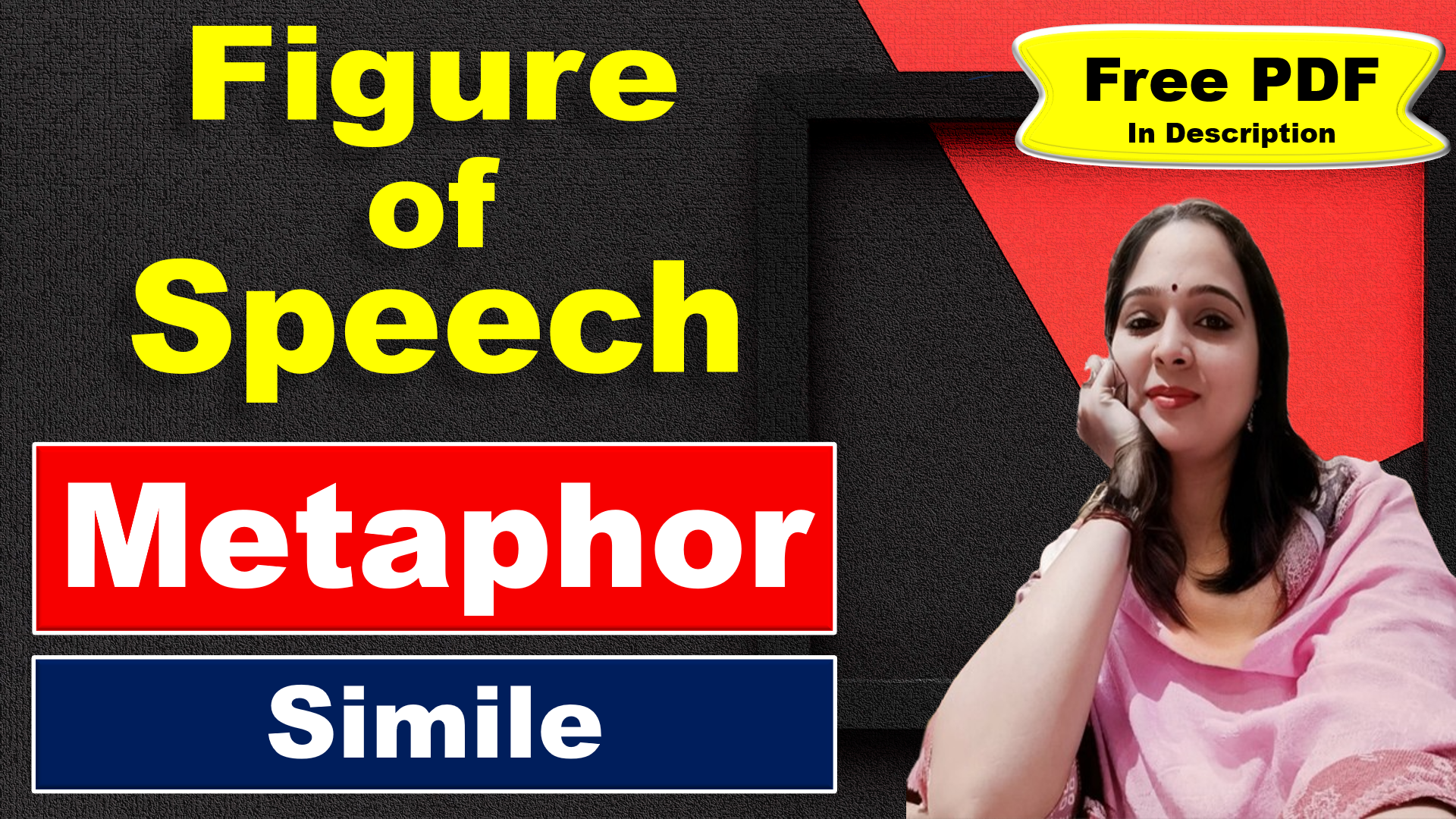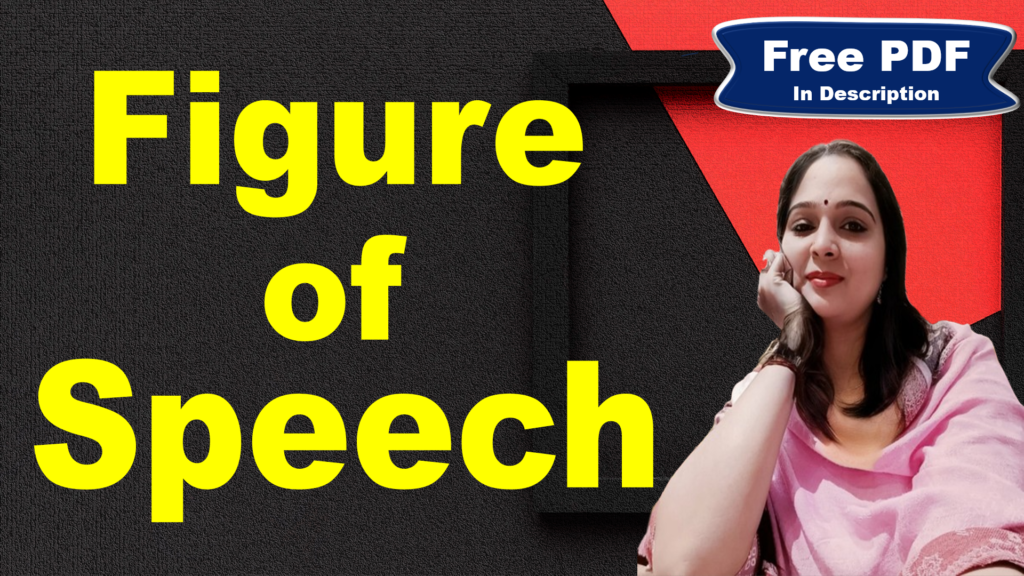
Detailed Analysis of Each Trope
Metaphor
Definition: A metaphor is a figure of speech that makes a comparison between two non-similar things without the express use of “like” or “as”. Metaphor is a means of asserting that two things are identical in comparison rather than just similar.
Function: It creates an association between two dissimilar entities or ideas that, as a result of the metaphor, illuminate each other and deepen the meaning of both.
Example: “Time is money.”
This metaphor compares time to money (two unrelated things) and suggests that time is a valuable resource, just like money. It implies that we should use our time wisely, just as we would use our money wisely.
Simile
Definition: A simile is a figure of speech that directly compares two unlike things using the connecting words “like” or “as.”
Function: Similes are used to emphasize or exaggerate a specific quality of one thing by comparing it to something else.
Example: “ She is as busy as a bee.”
The person’s busyness is being compared to the busyness of a bee. Bees are known for their industriousness, constantly moving from flower to flower with little rest. Therefore, saying someone is “as busy as a bee” suggests that they are extremely busy, constantly moving from task to task with little rest, just like a bee.
Metonymy
Definition: Metonymy is a figure of speech in which a concept is referred to by the name of something closely associated with that thing or concept. It involves the substitution of the name of an attribute or adjunct for that of the thing meant.
Function: Offers a symbolic representation of a broader idea.
Example: “The White House issued a statement.”
“The White House” refers to the President or the governing body, suggesting the source of the statement.
Synecdoche
Definition: Synecdoche is a figure of speech in which a part of something is used to represent the whole or vice versa.
Function: It’s used in writing to create vivid imagery or to make complex topics more concise and memorable.
Example: “All hands on deck.”
In this phrase, “hands” stands for the sailors. The phrase is saying that all sailors should be ready and active on the deck. It’s not literally talking about hands, but about what they represent, which are the sailors. The “hands” in this example of synecdoche is the part that signifies the whole sailors.
Irony
Definition: where the actual meaning of the words is different from their intended meaning.
Function: It adds a humorous touch or emphasizes the gap between how things appear and how they actually are.
Example: “What a pleasant day!” (said during a storm).
The irony lies in the stark contrast between the statement and the reality of the weather.
Hyperbole
Definition: Hyperbole is a figure of speech that involves exaggeration not meant to be taken literally.
Function: It emphasizes the degree or intensity of a characteristic or situation.
Example: “I’ve told you a thousand times.”
This hyperbole amplifies the number of times something has been repeated, emphasizing the speaker’s exasperation.
Litotes
Definition: Litotes is a figure of speech that uses understatement by employing double negatives or a negative to affirm a positive.
Function: It softens the impact of a statement or adds a subtle touch.
Example: “He’s not unkind.”
This litote subtly suggests that the person is kind.
Oxymoron
Definition: An oxymoron is a figure of speech that combines two opposing or contradictory words.
Function: It highlights the complexity or paradoxical nature of a subject.
Example: “Original copy.”
This pairing of contradictory words implies that the content of the copy is original, even though a copy is not typically considered original.
Paradox
Definition: A paradox is a statement that seems self-contradictory or nonsensical but reveals a deeper truth upon reflection.
Function: Provokes thought and illustrates complex truths.
Example: “Less is more.”
This paradox suggests that simplicity can lead to greater effectiveness.
Personification
Definition: Personification is a figure of speech where human characteristics are given to non-human entities.
Function: It brings inanimate objects or abstract concepts to life, making them more relatable.
Example: “The wind whispered through the trees.”
The wind is personified with the human ability to whisper, creating a vivid image of its gentle movement.
Apostrophe
Definition: An apostrophe is a figure of speech where the speaker addresses an absent person, abstract idea, or inanimate object.
Function: It creates a dramatic effect or expresses deep emotion.
Example: “O Death, where is thy sting?”
The speaker directly addresses Death, personifying it and highlighting its perceived power.
Onomatopoeia
Definition: Onomatopoeia is a figure of speech where words mimic natural sounds.
Function: It adds auditory imagery and vividness to descriptions.
Example: “The bees buzzed in the garden.”
“Buzzed” imitates the sound of bees, making the scene more lifelike.
Pun
Definition: A pun is a play on words that exploits multiple meanings or similar sounds for humorous or playful effect.
Function: It adds a humorous or playful element to language.
Example: “The cyclist was two tired to win the race.”
Here, “two tired” sounds like “too tired”, but it also refers to the two tires of the cyclist’s bicycle. The sentence could mean that the cyclist was too exhausted to win the race, or it could be a playful way of saying that something about the cyclist’s two tires prevented him from winning.
Allusion
Definition: Allusion is a figure of speech that indirectly refers to a person, place, thing, event, or idea in history or literature.
Function: Improves the content by adding meaning and context.
Example: “I do not approve of this quixotic idea.”
They are referring to to Don Quixote, a character from Miguel de Cervantes’ novel. The character is renowned for being too idealistic and unrealistic. As a result, the speaker implies that the idea is illogical and impracticable.
Euphemism
Definition: A mild or indirect word or expression used in place of one considered too harsh or blunt.
Function: Reduces the impact of unpleasant or sensitive issues.
Example: “Passed away” instead of “died.”
“Passed away” is a more polite way of referring to death.
